Home>Storage Ideas>Bedroom Storage>How To Sanitize Curtains, Pillows, Upholstery, And Carpet
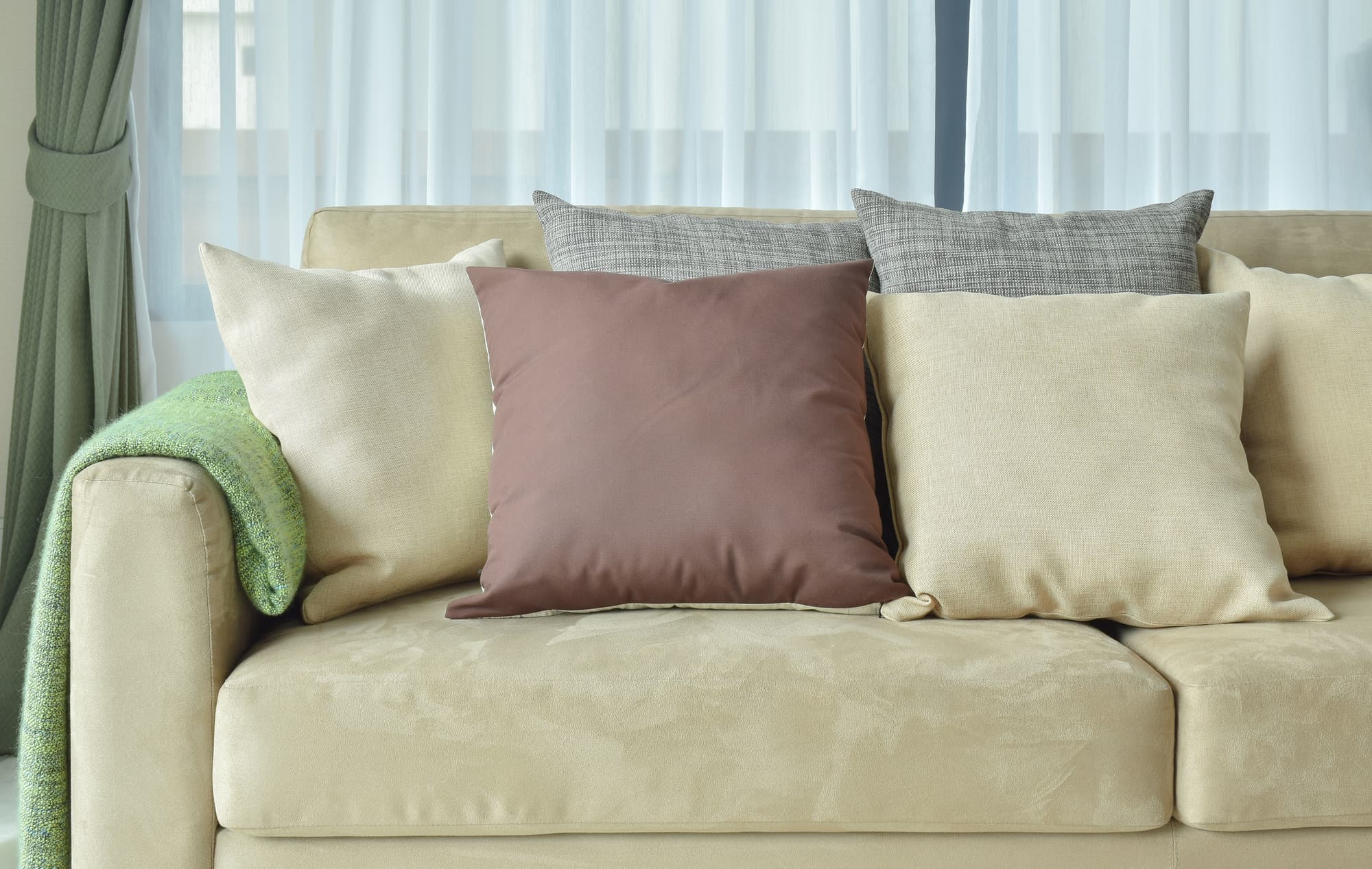

Bedroom Storage
How To Sanitize Curtains, Pillows, Upholstery, And Carpet
Modified: March 21, 2024
Learn how to properly sanitize and clean your curtains, pillows, upholstery, and carpet to maintain a healthy and hygienic bedroom environment with effective storage solutions.
(Many of the links in this article redirect to a specific reviewed product. Your purchase of these products through affiliate links helps to generate commission for Storables.com, at no extra cost. Learn more)
Introduction
Welcome to the ultimate guide on how to sanitize your curtains, pillows, upholstery, and carpet. Keeping our bedrooms clean and germ-free is essential for a healthy and comfortable living environment. When it comes to bedroom storage, these items can often accumulate dust, allergens, and even bacteria over time. But fear not! With the right techniques and a little bit of effort, you can effectively sanitize these items and ensure a clean and fresh bedroom space.
In this comprehensive guide, we will explore step-by-step methods to sanitize curtains, pillows, upholstery, and carpet, while also sharing valuable tips and insights along the way. Whether you have fabric curtains, throw pillows, a plush upholstered bed, or a cozy carpeted floor, you’ll find the information you need to maintain a pristine bedroom.
But before we dive into the specific methods, let’s take a moment to understand why sanitizing these items is so important. Dust, allergens, and bacteria can accumulate on curtains, pillows, upholstery, and carpet, leading to potential health issues and discomfort. Regular sanitization not only helps to remove these harmful elements but also extends the lifespan of your items, keeping them in good condition for years to come.
Moreover, with the recent global health concerns, it’s even more crucial to maintain a high level of cleanliness in our living spaces. Sanitizing your bedroom storage items takes your cleaning routine to the next level, providing an extra layer of protection for you and your loved ones.
So, without further ado, let’s jump into the different methods for sanitizing curtains, pillows, upholstery, and carpet. By following these steps, you’ll be able to enjoy a clean and comfortable bedroom, free from dust, allergens, and bacteria.
Key Takeaways:
- Regularly sanitizing curtains, pillows, upholstery, and carpet through methods like vacuuming, machine washing, and steam cleaning promotes a healthier bedroom environment and prolongs the lifespan of these items.
- Prevention, such as using pillow protectors and implementing preventative measures like doormats, plays a crucial role in maintaining a clean and germ-free bedroom environment, reducing the accumulation of dirt, allergens, and bacteria.
Read more: How To Sanitize Pillows
Sanitizing Curtains
Curtains not only add beauty and style to our bedrooms but also act as a barrier against sunlight and prying eyes. However, they can accumulate dust, pet dander, and other allergens over time. To keep your curtains clean and sanitized, here are some effective methods:
- Vacuuming: Start by vacuuming your curtains using a brush attachment or a handheld vacuum cleaner. This will help remove surface dust and debris.
- Machine Washing: Check the care label on your curtains to determine if they are machine washable. If so, remove any hooks or hardware and place the curtains in the washing machine. Use a gentle cycle and mild detergent to avoid damaging the fabric. Once washed, hang them back up to air dry or use a low heat setting in the dryer.
- Hand Washing: If your curtains are not machine washable, you can hand wash them instead. Fill a sink or basin with lukewarm water and add a small amount of gentle detergent. Gently agitate the curtains in the water, paying attention to any stained areas. Rinse them thoroughly with clean water and hang them to dry.
- Steam Cleaning: Steam cleaning is another effective method to sanitize curtains. Use a handheld steamer or a garment steamer to go over the curtains, allowing the steam to penetrate the fabric and kill bacteria and allergens. Be sure to follow the manufacturer’s instructions and avoid direct contact with delicate fabrics.
- Sunlight: Natural sunlight can also help sanitize your curtains. On a sunny day, take down your curtains and hang them outside for a few hours. Sunlight has natural disinfecting properties and can help eliminate odors and bacteria.
Remember to check the care instructions for your curtains before attempting any of these methods. Some delicate fabrics may require professional cleaning or spot treatment. Regularly sanitizing your curtains will not only keep them clean and fresh but also contribute to a healthier bedroom environment.
Sanitizing Pillows
Pillows provide us with comfort and support while we sleep, but they can also harbor dust mites, dead skin cells, and other allergens. To keep your pillows clean and sanitized, follow these steps:
- Machine Washing: Check the care label on your pillows to determine if they are machine washable. Most synthetic-filled and down-filled pillows can be safely washed in a washing machine. Place two pillows in the machine to balance the load and use a gentle cycle with mild detergent. Additionally, adding a couple of tennis balls wrapped in socks can help fluff the pillows during the wash. Once washed, thoroughly dry the pillows on a low heat setting or in the sunlight.
- Spot Cleaning: If your pillows are not machine washable, you can spot clean them. Use a mild detergent and water solution to gently clean any stains or soiled areas. Rinse the area with clean water and blot dry with a clean towel. Allow the pillow to air dry completely before using it again.
- Steam Cleaning: Steam cleaning is an effective method to sanitize pillows and kill allergens. Use a handheld steamer or a garment steamer to go over the surface of the pillow, holding it a few inches away. Move the steamer slowly to ensure that steam penetrates the fabric. Be cautious to not over-saturate the pillow, especially if it has a foam filling.
- Freezing: For pillows that cannot be washed or steamed, freezing is a good alternative for sanitization. Place the pillow in a plastic bag and seal it tightly. Put it in the freezer for at least 24 hours. The freezing temperatures will kill dust mites and bacteria without damaging the pillow.
- Using Pillow Protectors: Prevention is key to keeping pillows clean and sanitized. Invest in high-quality pillow protectors that are waterproof and hypoallergenic. These protectors act as a barrier against allergens, dust mites, and spills, extending the life of your pillows and making them easier to clean.
Remember to regularly check your pillows for signs of wear and tear. If they are no longer providing adequate support or have an unpleasant odor that cannot be eliminated, it may be time to replace them. By regularly sanitizing your pillows, you can prolong their lifespan and create a clean and healthy sleeping environment.
To sanitize curtains, pillows, upholstery, and carpet, use a fabric-safe disinfectant spray or steam cleaner. Follow the manufacturer’s instructions and test in an inconspicuous area first. Regularly vacuum and wash removable items according to care instructions.
Sanitizing Upholstery
Upholstered furniture, such as beds, sofas, and chairs, can accumulate dirt, stains, and bacteria over time. To keep your upholstery clean and sanitized, follow these steps:
- Vacuuming: Start by vacuuming the upholstery using a brush attachment or a handheld vacuum cleaner. This will help remove loose dirt, pet hair, and debris from the surface.
- Spot Cleaning: For small stains or spills, use a clean cloth or sponge dampened with mild detergent and water solution. Gently blot the stained area, being careful not to scrub and spread the stain. Rinse the cloth with clean water and continue blotting until the stain is no longer visible. Allow the upholstery to air dry.
- Steam Cleaning: Steam cleaning is an effective method for deep cleaning and sanitizing upholstery. Use a steam cleaner or rent one from a local supplier. Follow the manufacturer’s instructions and apply steam to the upholstery, working in small sections at a time. The steam will help kill bacteria, dust mites, and other allergens while also removing dirt and stains.
- Professional Cleaning: If your upholstery requires a more thorough cleaning or if it is made of delicate fabric, consider hiring professional upholstery cleaning services. Professionals have the expertise and specialized equipment to deep clean and sanitize upholstery, ensuring a thorough and safe cleaning process.
- Using Upholstery Sanitizing Spray: Another option is to use upholstery sanitizing sprays that are specifically designed to kill bacteria and eliminate odors. Follow the instructions on the product label and apply the spray to the upholstery, focusing on areas that are prone to collecting dirt and bacteria. Allow the spray to penetrate the fabric and air dry.
Remember to always check the manufacturer’s instructions and perform a spot test on a small, inconspicuous area of the upholstery before attempting any cleaning method. This will ensure that the cleaning process does not cause damage or discoloration.
Regularly sanitizing your upholstery not only helps to maintain a clean and fresh appearance but also promotes a healthier environment by reducing the presence of allergens and bacteria. By following these methods, you can enjoy a clean and inviting bedroom with beautifully sanitized upholstery.
Sanitizing Carpet
Carpets can be a cozy and comfortable addition to your bedroom, but they can also harbor dirt, dust mites, pet dander, and odors. To keep your carpet clean and sanitized, follow these steps:
- Vacuuming: Regular vacuuming is essential to remove loose dirt, dust, and debris from the surface of the carpet. Use a vacuum cleaner with a high-efficiency particulate air (HEPA) filter to effectively capture allergens and small particles.
- Deep Cleaning: Deep cleaning your carpet on a regular basis is crucial to eliminate embedded dirt, stains, and bacteria. You can either rent a carpet cleaner or hire professional carpet cleaning services. Follow the instructions carefully and ensure that the carpet is properly treated with a suitable cleaning solution.
- Using Baking Soda: Baking soda is a natural and effective method for sanitizing carpets and eliminating odors. Sprinkle baking soda liberally over the carpet, focusing on areas prone to odors. Let it sit for at least 15-30 minutes, preferably overnight, to allow the baking soda to penetrate the carpet fibers. Afterward, vacuum the carpet thoroughly to remove the baking soda along with dirt and odors.
- Steam Cleaning: Steam cleaning is another powerful technique to sanitize and refresh carpets. Use a steam cleaner or hire professionals experienced in steam cleaning. The heat from the steam helps kill bacteria, dust mites, and other allergens, leaving your carpet clean and sanitized.
- Spot Cleaning: Promptly attend to any spills or stains on your carpet to prevent them from setting. Blot the stain with a clean cloth or paper towel to absorb as much liquid as possible. Avoid rubbing the stain, as it can spread and make the situation worse. Apply a suitable carpet stain remover according to the manufacturer’s instructions, then blot and clean the area with a clean cloth. Rinse with water and blot dry.
In addition to regular cleaning and sanitizing, it’s important to establish a few preventative measures to keep your carpet clean. Use doormats at the entrances to your bedroom to minimize the amount of dirt brought in from external sources. Consider implementing a no-shoes policy or place shoe racks near the entrance. Regularly vacuuming, spot cleaning, and deep cleaning your carpet will ensure that it remains fresh, hygienic, and free from allergens.
By implementing these methods, you can effectively sanitize your carpet and maintain a clean and healthy environment in your bedroom.
Read more: How To Sanitize A Carpet
Conclusion
Ensuring a clean and sanitized bedroom is essential for our overall well-being and comfort. By following the methods outlined in this guide, you can effectively sanitize your curtains, pillows, upholstery, and carpet, promoting a healthier living environment and prolonging the lifespan of these items.
Regular vacuuming, machine washing, spot cleaning, steam cleaning, and using disinfecting sprays are all effective techniques for sanitizing curtains. When it comes to pillows, machine washing, spot cleaning, steam cleaning, and freezing are the key methods to keep them clean and germ-free. Upholstery can be sanitized through vacuuming, spot cleaning, steam cleaning, professional cleaning, and using upholstery sanitizing sprays. Finally, carpet can be kept clean by vacuuming, deep cleaning, using baking soda, steam cleaning, and spot cleaning.
Remember to always check the care instructions of your items and perform spot tests before attempting any cleaning methods. Some delicate fabrics or materials may require professional cleaning or special treatment.
Additionally, prevention plays a crucial role in maintaining a clean bedroom environment. Using pillow protectors, applying stain repellents to upholstery, and implementing preventative measures like doormats can significantly reduce the accumulation of dirt, allergens, and bacteria.
Regularly sanitizing your bedroom storage items not only enhances the cleanliness and freshness of your space but also contributes to your overall health and well-being. By eliminating allergens and bacteria, you can create a healthier bedroom environment and reduce the risk of respiratory issues, allergies, and other health concerns.
With these effective sanitation methods at your disposal, you can transform your bedroom into a clean and inviting sanctuary that promotes relaxation and restful sleep. So take the necessary steps to sanitize your curtains, pillows, upholstery, and carpet, and enjoy the benefits of a clean and hygienic bedroom.
Frequently Asked Questions about How To Sanitize Curtains, Pillows, Upholstery, And Carpet
Was this page helpful?
At Storables.com, we guarantee accurate and reliable information. Our content, validated by Expert Board Contributors, is crafted following stringent Editorial Policies. We're committed to providing you with well-researched, expert-backed insights for all your informational needs.
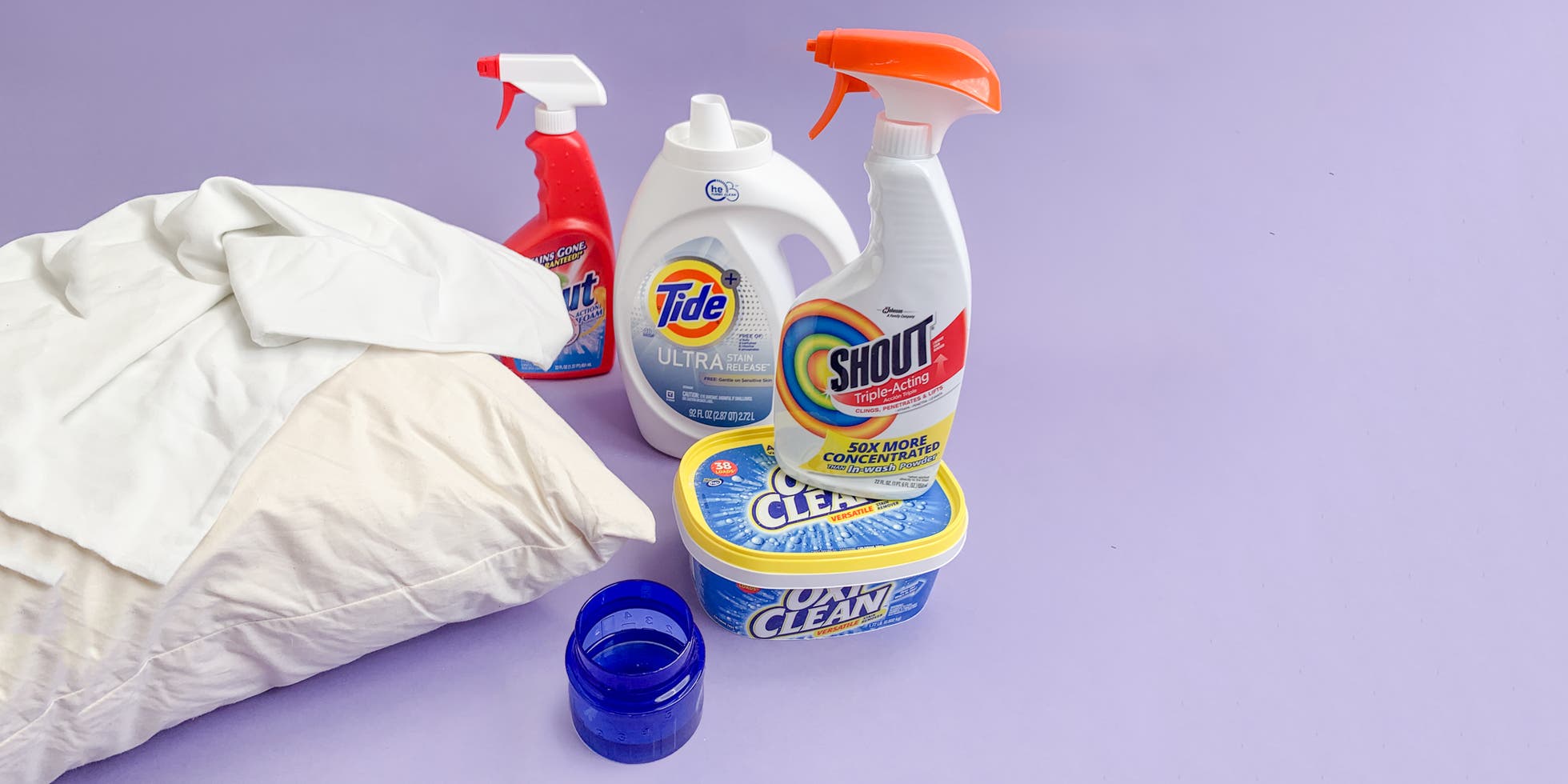
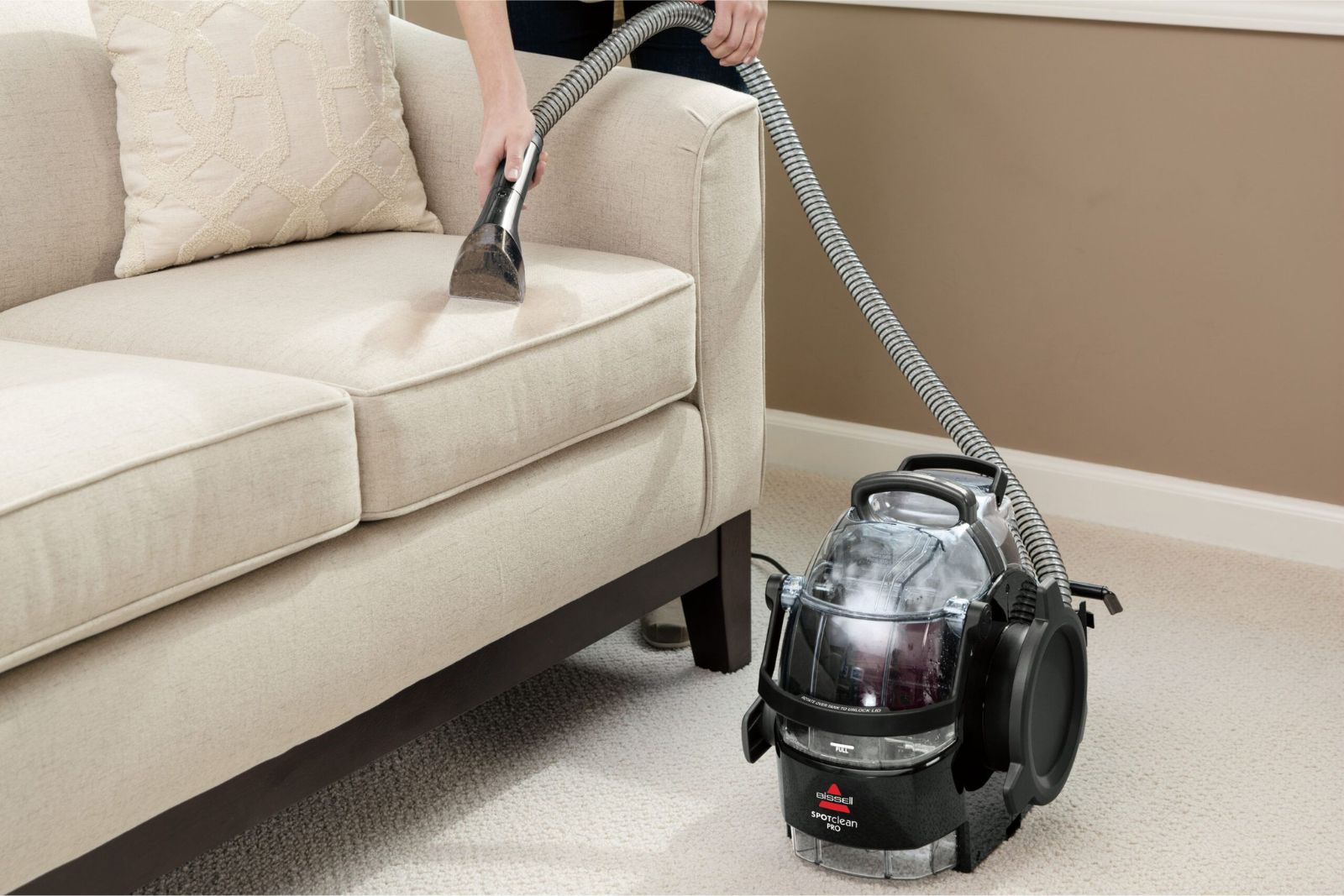
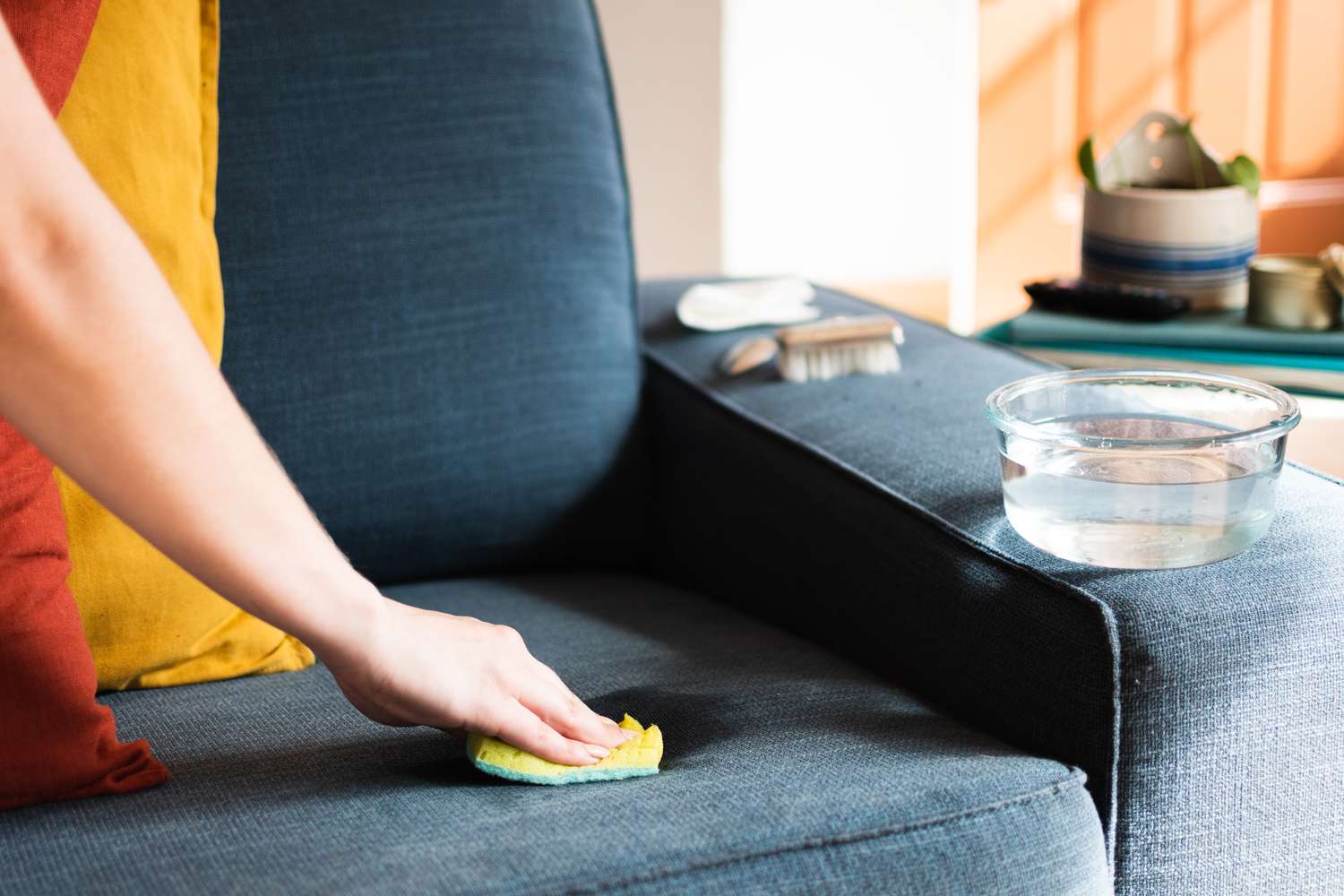
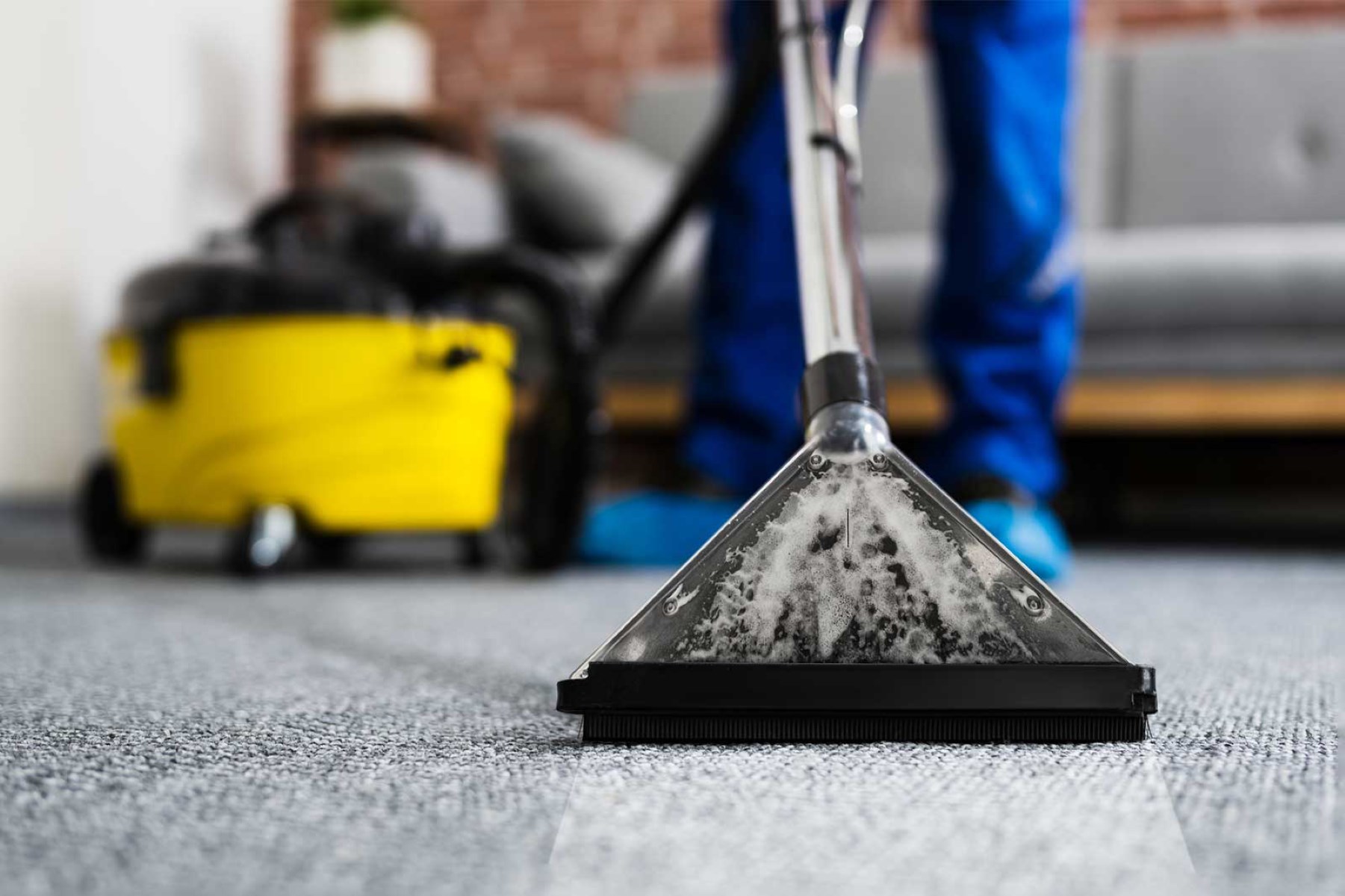
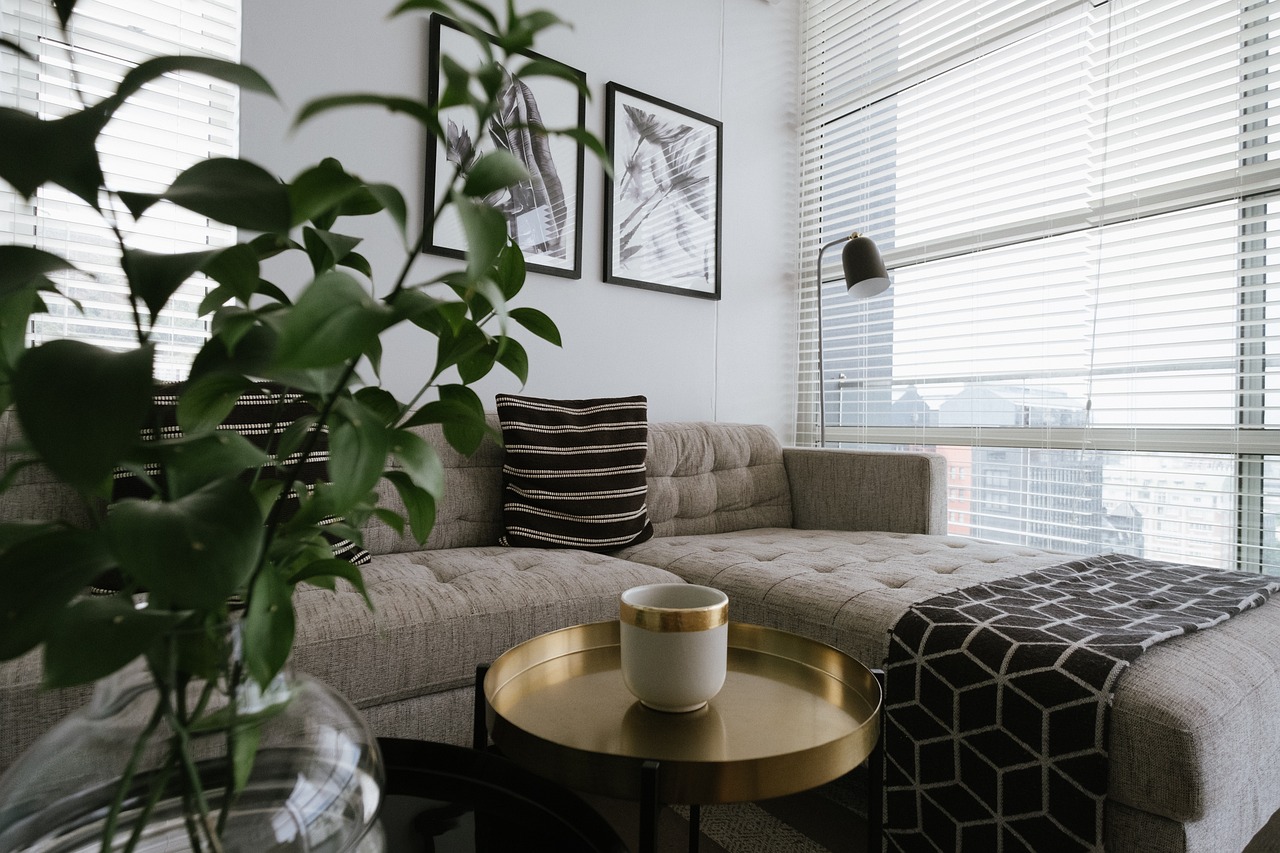
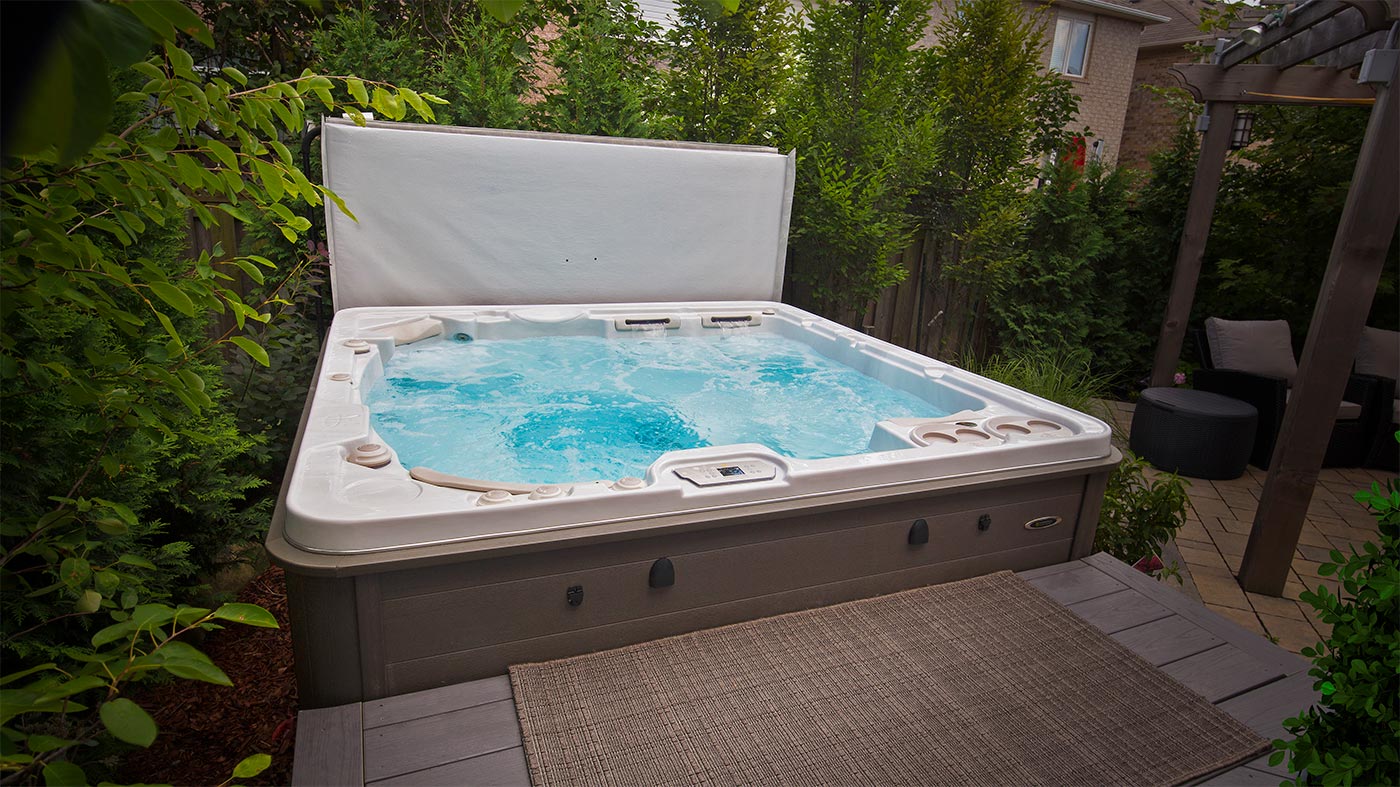
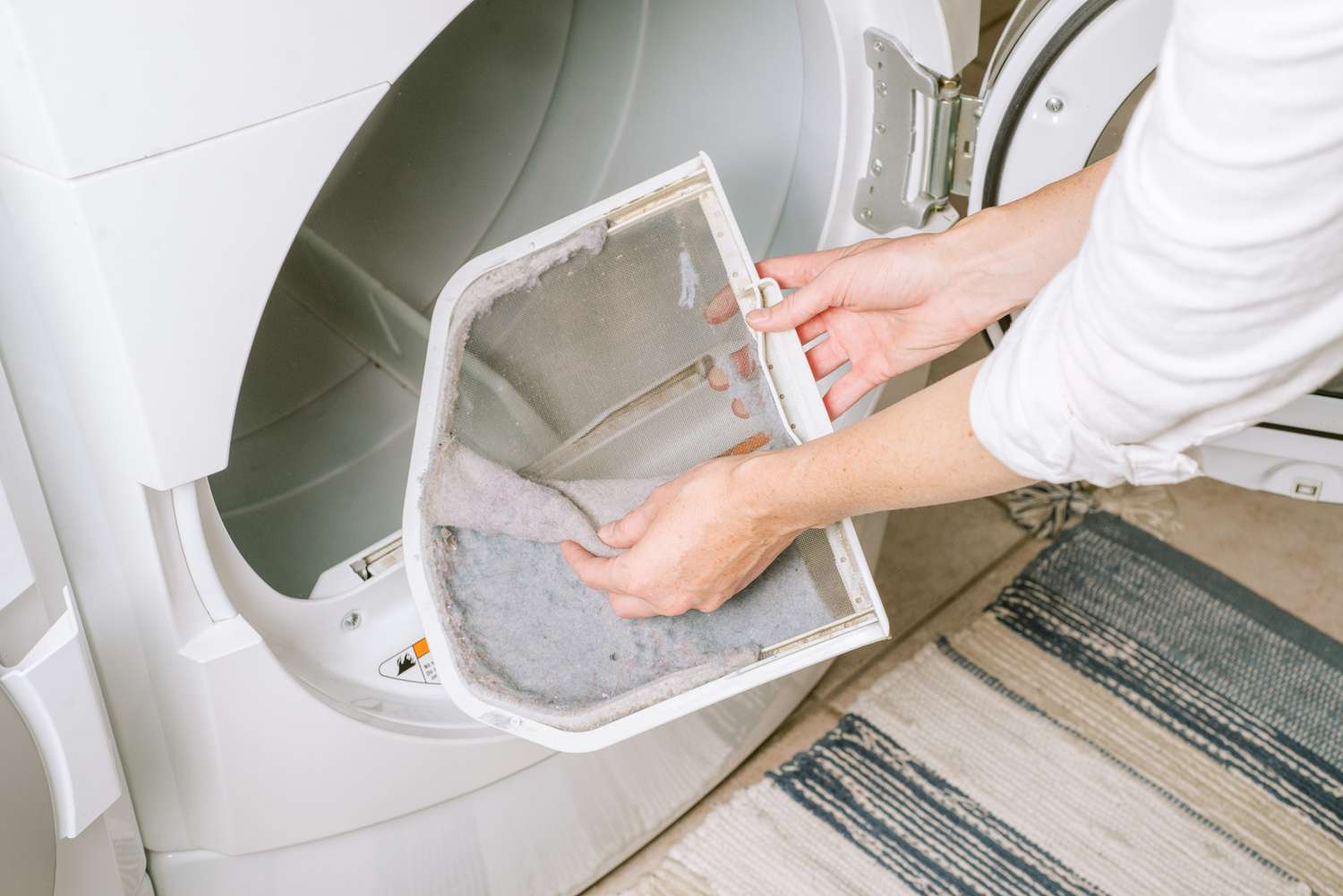
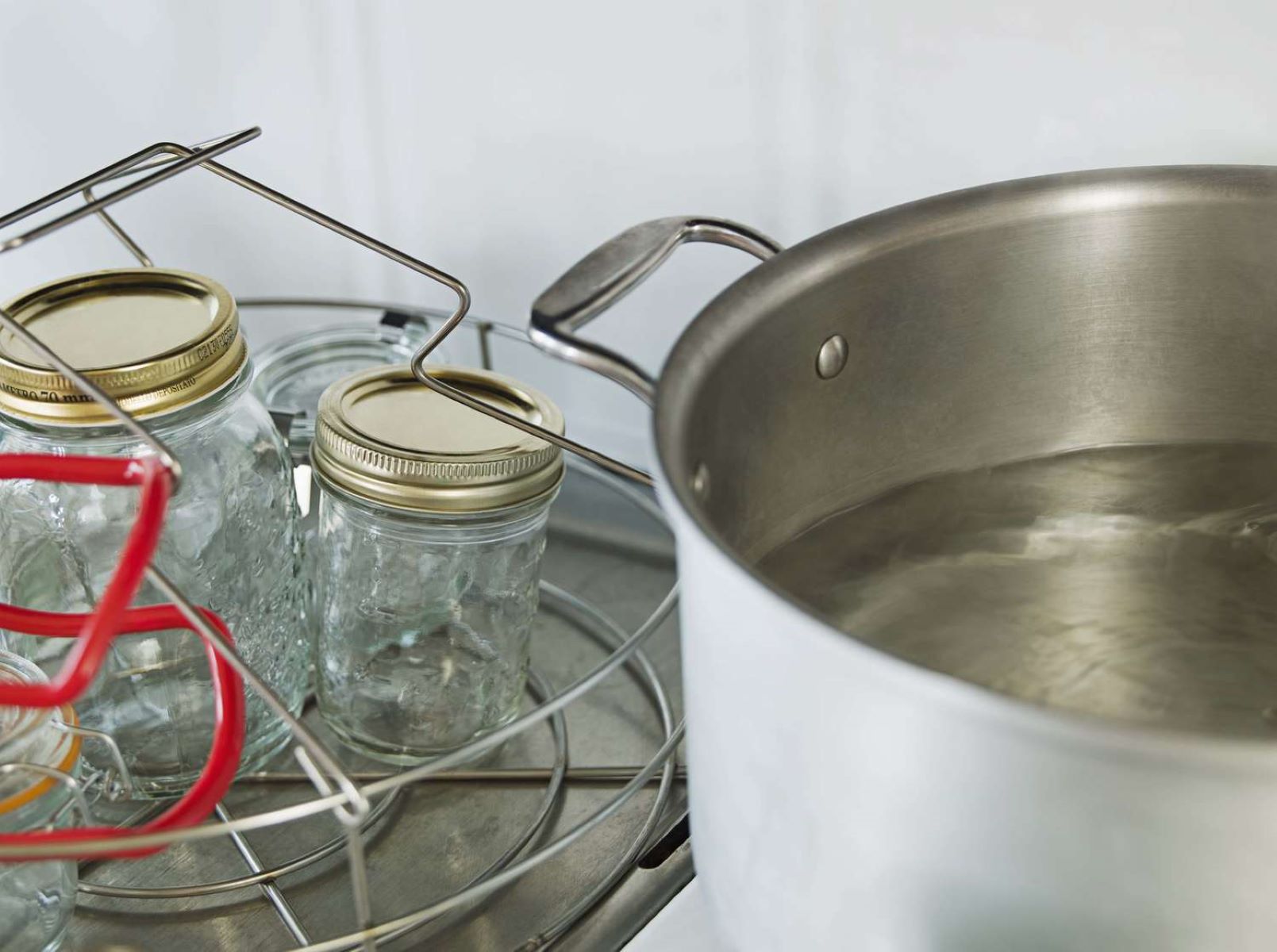
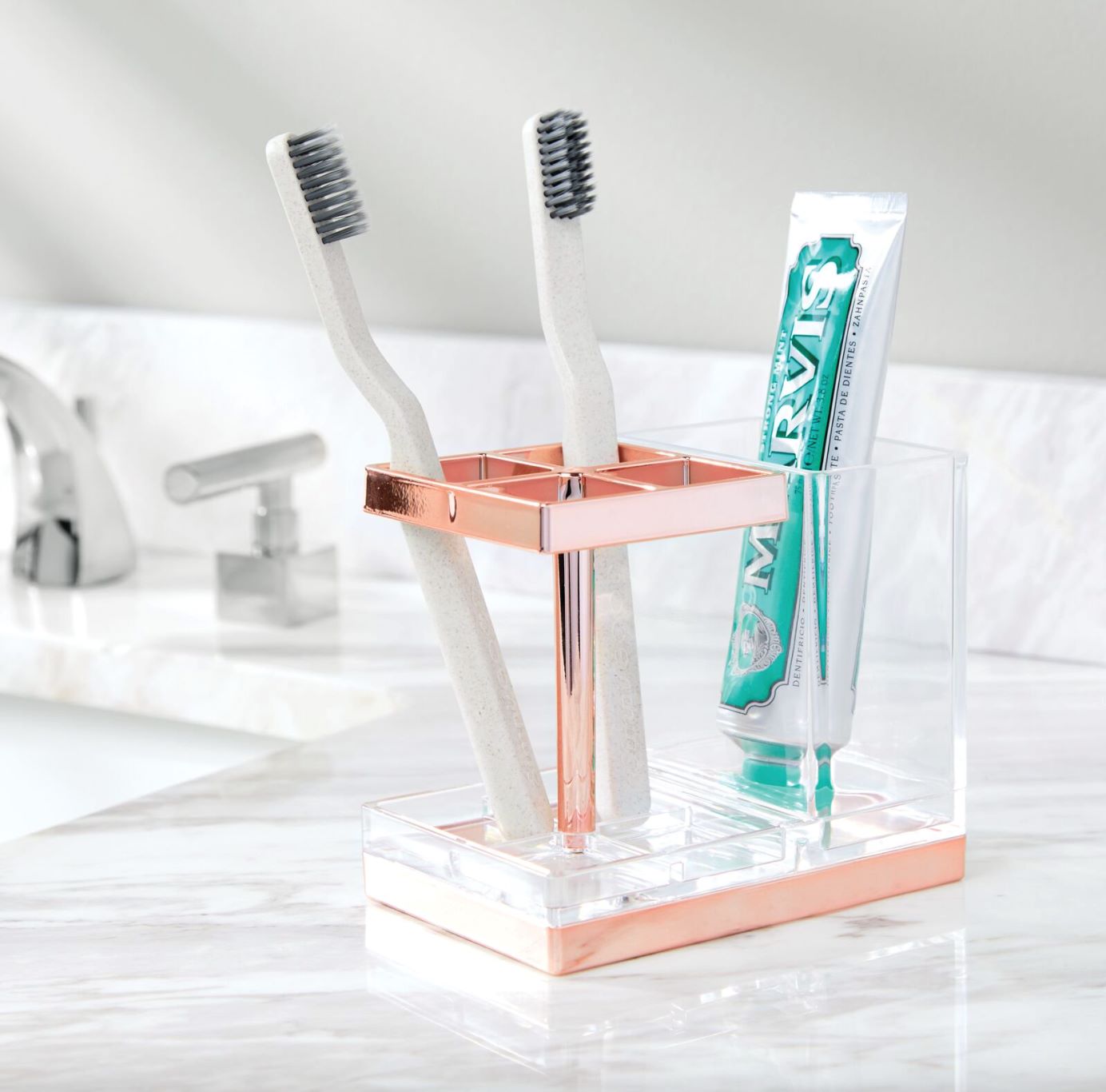
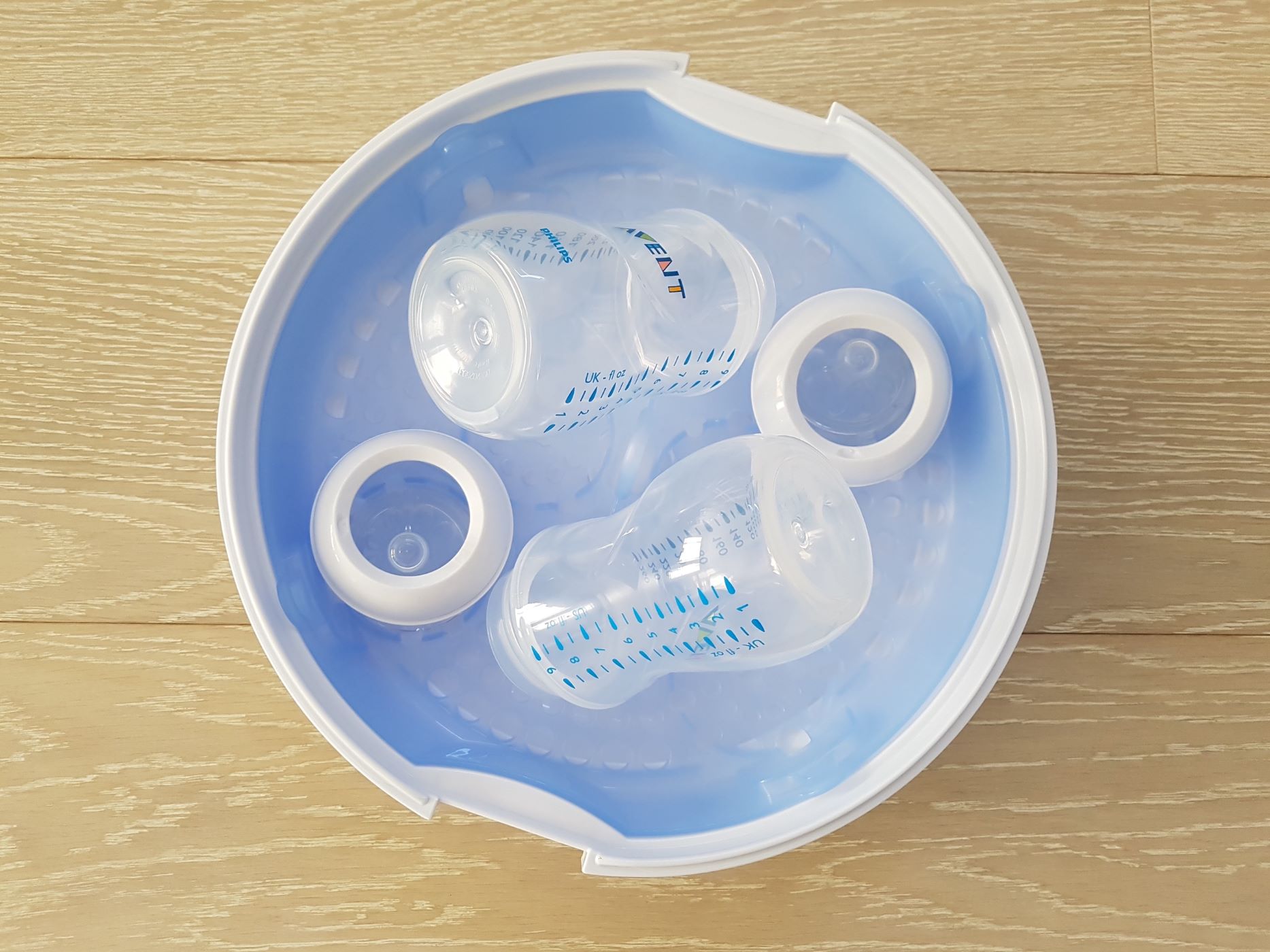
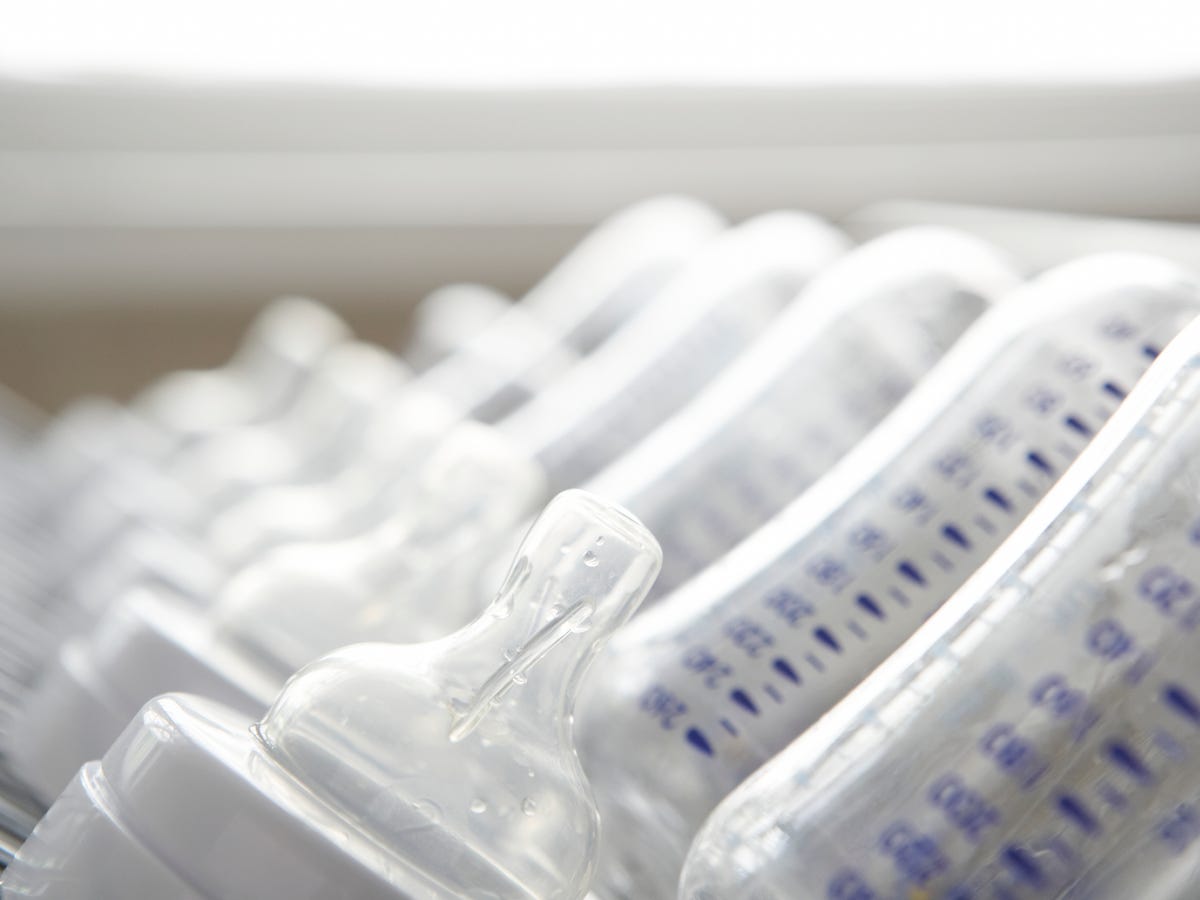
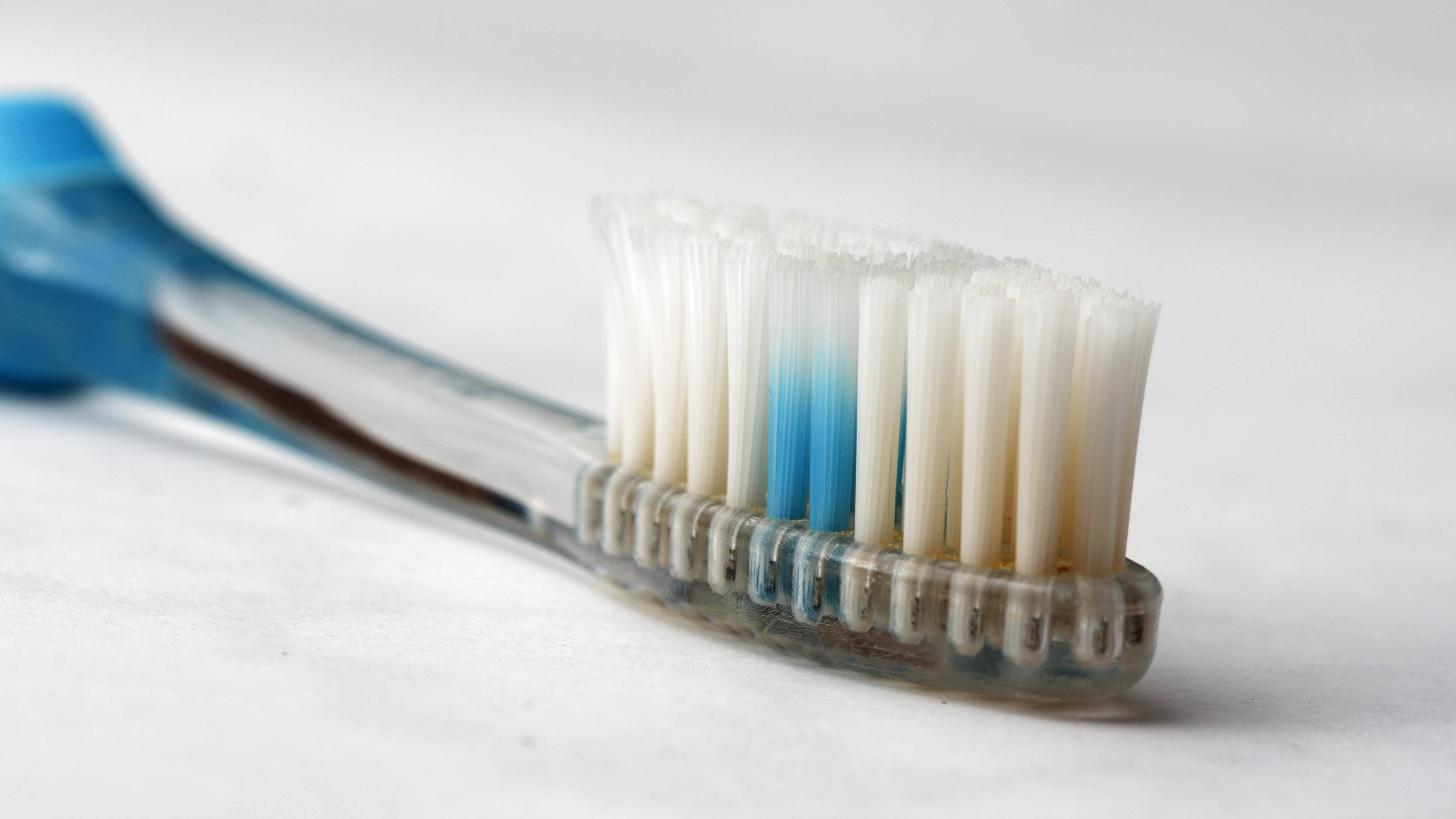
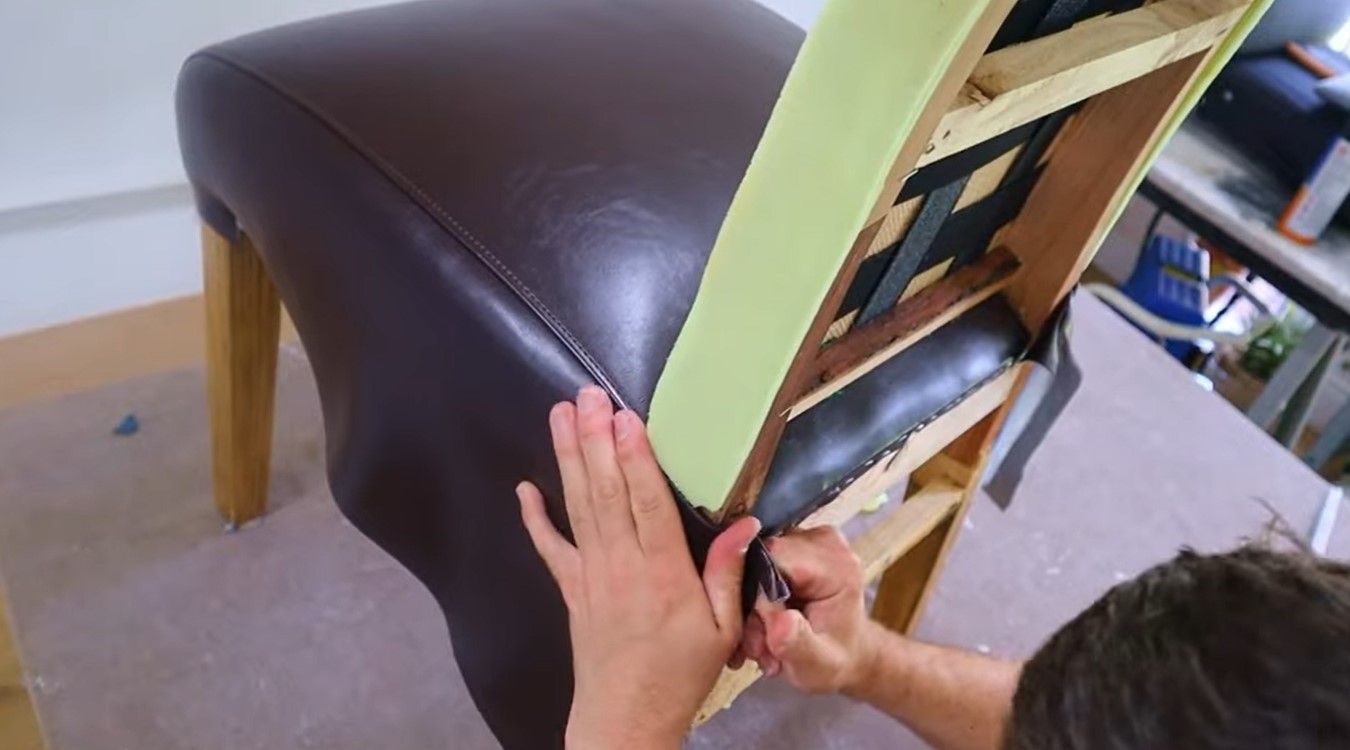
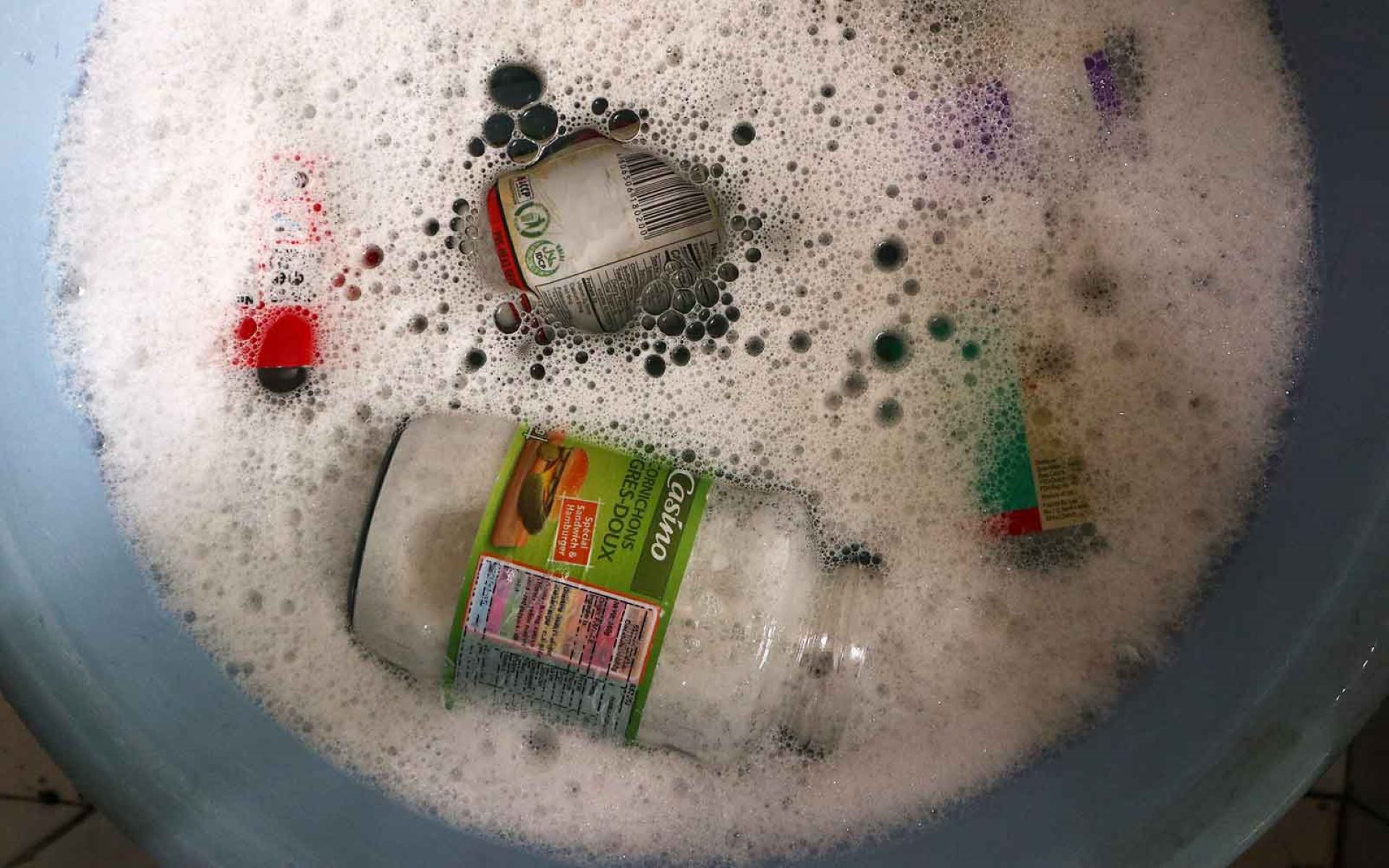

0 thoughts on “How To Sanitize Curtains, Pillows, Upholstery, And Carpet”